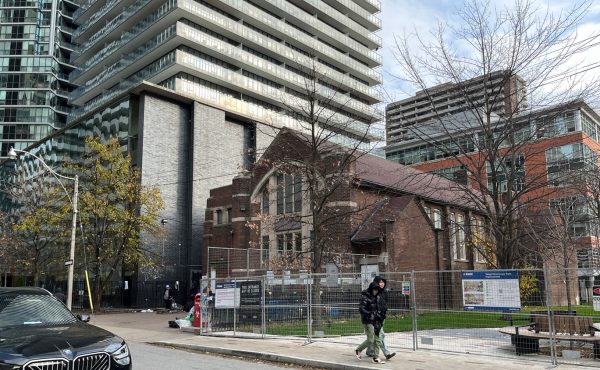
I first heard about the “Legible London” project at the Walk21 conference in Toronto in 2007 — a plan for a new walking wayfinding system for London, England. To be honest, it sounded kind of vague and pie-in-the-sky at the time, but it sounds like it has come together effectively.
I like the idea of the circles showing 5-minute and 15-minute walking distances. With its irregular street layout, London is, indeed, quite difficult to navigate, and also to get a sense of scale in, so it really can be a challenge to know how quickly you can walk somewhere.
One of the most interesting aspects in the Walk21 presentation I heard in 2007, which appears to still be an important motivation, was the desire to get people off overcrowded transit in the city centre. One goal of the maps is to let people know they can get to their destination quickly by walking rather than bus or subway.
One of the reasons people get thrown off in their estimates of how close two Underground (subway) stations are is the iconic London Tube Map. It’s great at making a complex subway system legible, but to do so it often exagerrates the distance between subway stops. As a result, people may transfer (or take) trains when in fact it would be faster to just get out and walk. I actually remember realizing this after a few visits to London — at first, I got to know the spaces immediately around various destination stations, and only gradually did I realize that stations were often practically around the corner from each other. The new wayfinding system is meant in part to counteract this effect.
A designer recently tried to create a new, unofficial version of the London Tube map — one whose design is not as elegant, but that conveys a more realistic sense of the geographic relationship between stations (at least in the city centre). In Madrid, the Metro already provides two subway map options, one schematic and one geographic.
Photo by Charlotte Gilhooly via Thecityfix.com




One comment
I like to do that whenever I move to a new part of town – go for a walk and mark how far I get in 5, 10, and 15 minutes in each direction. Then I explore what’s in my immediate neighbourhood. It’s a fantastic idea for city maps!